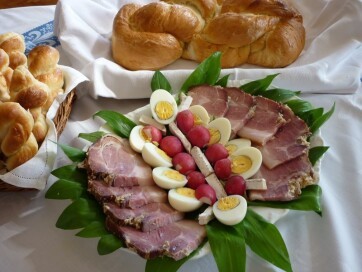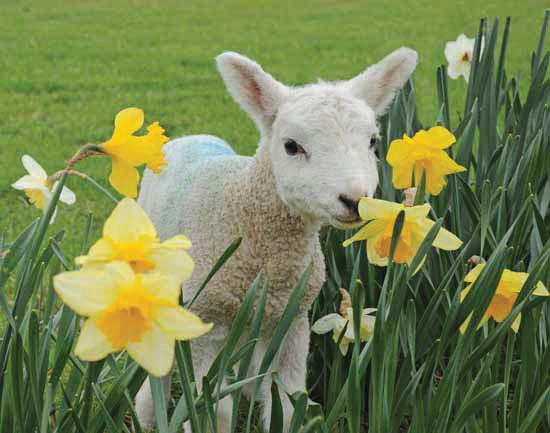Easter is the biggest holiday of Christianity. On Easter Sunday, the Christian world celebrates the resurrection of Jesus, on this day festive masses and services are held worldwide. At Easter, the Christian world commemorates the fact that Jesus took upon himself the sins of humanity with his martyrdom, thereby redeeming believers from their sins, thus leading them to salvation and eternal life, according to their belief.
Well, why do we call the celebration of Jesus' resurrection Easter, since it is not used much in other languages. We can say. the Hungarian people always liked to eat good snacks, so the day marking the beginning of Lent was called Shrove Tuesday, while the end was the day of eating meat, i.e. Shrove Tuesday.
For example, in the languages of Mediterranean European countries, the name Easter comes from the word Passover: Pascua (Spanish), Páscoa (Portuguese), Pasqua (Italian), Paque (French), Paste (Romanian). Mainly in Germanic-speaking areas, however, the name arose in memory of the pagan spring festival. The names Easter (English) and Ostern (German) originate from the name of the goddess Ostara - the goddess of the afterlife, whose feast is at the spring equinox.

Ham, eggs, horseradish and bread . All are part of the traditional Easter menu. However, only a few people know that these foods are actually foods linked to biblical symbols or ethnographic traditions.
On the morning of Easter Sunday, since the 10th century, it has been the custom for the women to take the ham, eggs, salt, horseradish and bread to the church for consecration, and only then did the family eat it. The lamb that often appears on the Easter menu also symbolizes Jesus: "Christ is our lamb, who was sacrificed for us." This symbol is intertwined with folk customs, since after the carnival no more pigs were slaughtered, and the smoked hams from the last slaughter were prepared for the end of the fast. Lamb is the first freshly slaughtered animal after spring and fasting, and ham is the first smoked meat to be prepared.
Eggs primarily carry fertility meanings. The egg will become a new life, just as Jesus rose from the dead. And the egg is painted red to remember Jesus' spilled blood.
The horseradish symbolizes the bitterness of Jesus, his suffering. At the same time, horseradish also had an ancient superstitious meaning: it was thought that its taste and smell drove away evil spirits.
The custom of baking Easter cakes was developed when even the consumption of milk and eggs was forbidden during fasting. So when the ban ended, bread was made festive with these ingredients and it became a cake.
And finally, tender, spring vegetables are an essential part of the festive menu. Month-old radishes, spring onions, peppers and tomatoes are an excellent source of vitamins after a long winter.
Source: malnarium-vac.hu/hirado.hu












